Filter News
Area of Research
- Advanced Manufacturing (1)
- Biological Systems (2)
- Biology and Environment (10)
- Building Technologies (3)
- Clean Energy (48)
- Climate and Environmental Systems (1)
- Energy Sciences (1)
- Fossil Energy (1)
- Fusion and Fission (1)
- Isotope Development and Production (1)
- Isotopes (1)
- Materials (35)
- National Security (1)
- Neutron Science (12)
- Nuclear Science and Technology (4)
- Renewable Energy (1)
- Supercomputing (12)
News Type
Date
News Topics
- 3-D Printing/Advanced Manufacturing (6)
- Bioenergy (8)
- Biology (6)
- Biomedical (2)
- Biotechnology (2)
- Buildings (4)
- Chemical Sciences (4)
- Clean Water (1)
- Climate Change (1)
- Composites (1)
- Computer Science (5)
- Coronavirus (1)
- Critical Materials (5)
- Decarbonization (4)
- Energy Storage (6)
- Environment (8)
- Fusion (1)
- Grid (4)
- Hydropower (1)
- Irradiation (1)
- Isotopes (1)
- Materials (5)
- Materials Science (4)
- Mercury (3)
- Microscopy (1)
- Molten Salt (3)
- Nanotechnology (4)
- Neutron Science (8)
- Nuclear Energy (3)
- Physics (1)
- Polymers (3)
- Quantum Computing (3)
- Quantum Science (2)
- Security (1)
- Simulation (2)
- Space Exploration (1)
- Sustainable Energy (6)
- Transportation (11)
Media Contacts
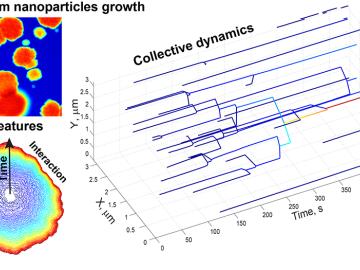
To tailor tiny nanocrystals for catalysts, semiconductors and other applications, scientists must predict what happens inside the particle, at the boundary and in the solvent during particle growth. Researchers at Oak Ridge National Laboratory and the University of Kentucky tackle...
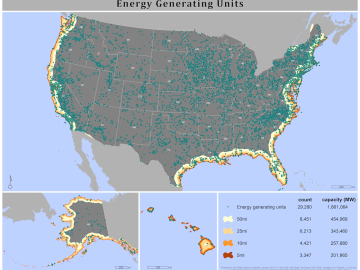
Increased extreme weather events expected to accompany climate change pose a significant risk to coastal regions, home to more than half of the U.S. population with more people on the way.

With the creation of the Unmanned Aerial Systems Research Center (http://uasresearch.ornl.gov), Oak Ridge National Laboratory makes available tools and capabilities with applications in environment, energy

Touchscreens, smart phones, liquid crystal displays and solar panels of tomorrow could be more efficient because of a new material profiled in a paper published in Scientific Reports. Researchers at the University of Tennessee and Oak Ridge National Laboratory have demonstrated a t...

By studying hospital occupancy rates in hospitals of countries where data is readily available, Oak Ridge National Laboratory researchers hope to further refine their population distribution and dynamics work. For this effort, researchers are focusing on night and day population de...
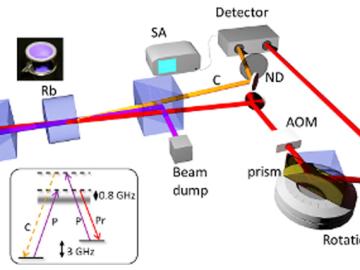
Through manipulation of two laser beams and plasmonic sensors, Oak Ridge National Laboratory researchers are pushing the boundaries for detecting trace biochemical compounds.
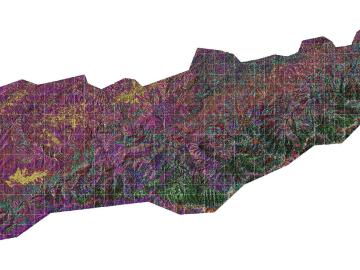
A new data analytics approach developed by Oak Ridge National Laboratory could help forest and wildlife managers track changes in vegetation and wildlife habitat across large land areas.
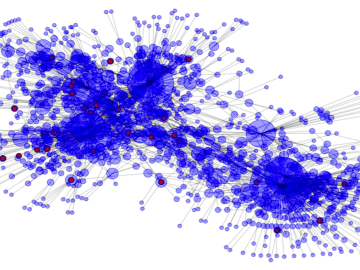
Drawing connections between seemingly disparate and vast amounts of text could become easier thanks to software developed by Oak Ridge National Laboratory.
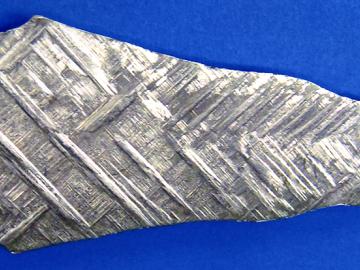
Steel unlike any forged in the last 2,000 years will be in the spotlight at the TMS 2016 Annual Meeting & Exhibition, Feb. 14-18 in Nashville.




